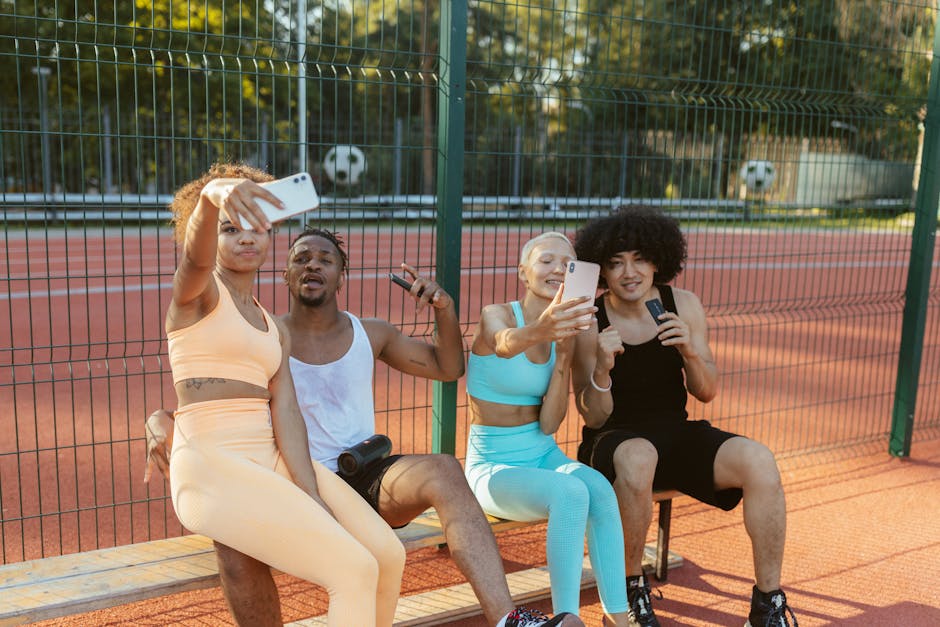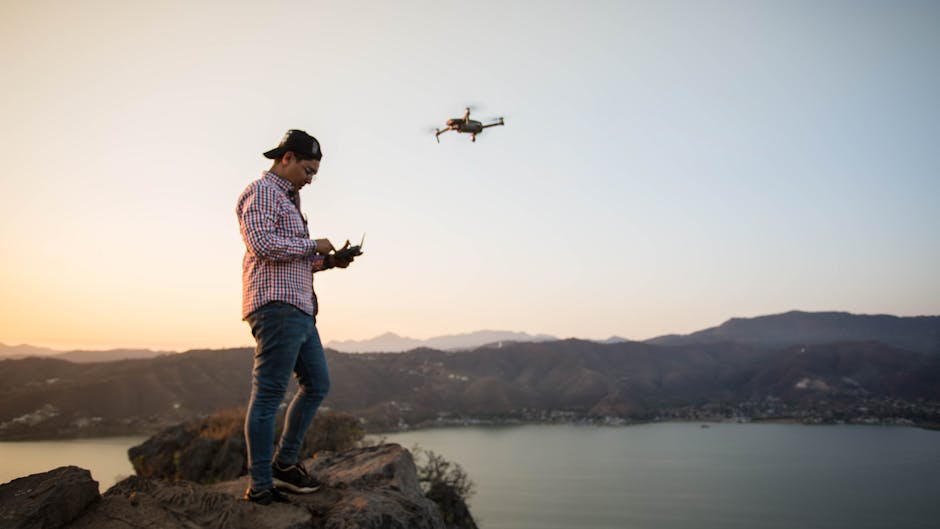Self-portraiture has evolved from detailed brushstrokes of past masters to digital expressions of today. This transformation reflects changes in technology and society, reshaping how we capture and share our identities. As we look at the past and present, there's much to consider about the impact of these shifts on our perception of self.
Evolution of Self-Portraiture
The journey of self-portraiture has moved from the rustic charm of early paintings to the immediacy of today's digital clicks. Historically, self-portraits were windows into the artist's soul, painted with painstaking detail and symbolism. Consider Diego Velázquez's Las Meninas, cleverly inserting the artist into the story and making viewers ponder perspective and authorship.
Today, smartphones and social media have transformed self-representation. The selfie has democratized the process, allowing anyone with a smartphone to craft their digital persona. Digital tools offer endless avenues for creativity, with apps enabling rapid construction of visual stories through filters and effects.
Artificial intelligence has further blurred lines between reality and digital fantasy, raising questions about authenticity and self-acceptance. Like artist Gretchen Andrew's exploration of AI's effect on portraits, our digital selves often contrast with our tangible realities.
This tech-infused era offers more than vanity – it's a vibrant catalog of shared human experience. As we transform traditional self-portraits into digital expressions, we contribute to a global chronicle of shared images. Each pixel holds potential to connect, empathize, and inspire introspection.
Self-portraits now reflect a mosaic of contemporary life, capturing the pace of modern living, online personas, and fragmented identities. This transformation underscores that while methods change, the need for self-representation through art remains constant.

AI and Automated Image Alteration
AI and automated image alteration introduce a new chapter in portrait photography. These technologies can transform ordinary visages into idealized spectacles with a tap, narrowing waists, smoothing blemishes, or brightening smiles.
While alluring, these transformations raise questions about authenticity. In a world of effortless enhancements, what remains of our true selves? Every edited portrait becomes a negotiation with identity, caught between personal satisfaction and societal approval.
This technological wizardry influences societal beauty standards, often skewing towards a polished uniformity that dismisses human diversity. The allure of perfection can create a mirage, urging society to aspire to digitally crafted looks rather than celebrating natural variability.
Yet, AI's role isn't just a mask; it's a mirror reflecting cultural pressures and individual desires. As AI-driven adjustments become ubiquitous, they subtly reshape perceptions of 'normal' and 'beautiful.'
Amid debates on authenticity and beauty, there's resilience in self-expression. For some, these tools offer a canvas to explore identity and experiment with presentation. It's both a gateway for creativity and a challenge to authenticity.
In this landscape, artists and critics play a crucial role in probing these transformations, questioning implications, and championing diversity. As we navigate this digital carnival of self-portraits, we tread a fine line between enhancement and erasure, leaving us with worthy questions about empowerment and insecurity in this evolving art form.
Technological Advancements in Photography
Portrait photography finds itself amidst a whirlwind of innovation, pushed forward by gadgets that would bewilder even the most visionary old masters. Drones, smart cameras, and high-resolution sensors have ushered in a photographic renaissance, democratizing the art form.
- Drones: Transform how portraits are imagined, capturing shots that challenge gravity and framing individuals against otherwise inaccessible backdrops.
- Smart cameras: Serve as both assistant and artist, equipped with facial recognition and motion tracking that simplify capturing candid moments.
- High-resolution sensors: Elevate the game, turning simple snaps into detailed works of color and texture.
These advancements deepen the complexity and reach of portraiture, offering both power and contemplation. As drone wings hum in sync with the creative spirit, and sensors fight to outdo the painter's brush, portraiture finds a new discourse, tethered to both the promise and perplexity of modern photography technology.

The Metaverse and Virtual Portraits
The Metaverse and virtual reality are redefining self-representation, offering a multi-dimensional stage where art can breathe, move, and interact in novel ways. In virtual galleries, portraits aren't confined to flat surfaces but envelop viewers in sound, texture, and story.
Virtual reality transforms each portrait into an exploratory journey. A single representation can become a sprawling universe, where audiences interact with elements conveying depth beyond the visual. Portraits could incorporate interactive features, allowing viewers to manipulate time, mood, or explore layered histories of the subject.
In the Metaverse, artists can transcend constraints of time and space. A portrait need not be limited to a subject's present state; it can capture multiple temporal facets, illustrating multifaceted identities across virtual corridors.
Yet, these innovations raise questions about authenticity. When representations become transformable, how do we ground ourselves in the subject's reality? This challenge mirrors age-old artistic dilemmas faced with each technological shift.
The growing discourse around virtual portraits maintains a focus on human connection. Artists and subjects converge to create and explore evolving personas within digital realms, encouraging intimacy and deeper emotional resonances.
As we explore these virtual frontiers, the potential extends beyond novelty. The Metaverse becomes a canvas as broad as imagination itself, capturing essence with every pixelated brushstroke. The pursuit remains the same: to document the human spirit in all its complexity, ensuring our humanity remains vivid in the canvasses of tomorrow.
Artistic Integrity vs. Technological Influence
In the shifting landscape of portraiture, tension between artistic integrity and technological influence forms a modern saga. Artists balance the timeless pursuit of creative expression against the allure of digital manipulation, inviting contemplation about authenticity, creativity, and technology's role in shaping artistic vision.
Artistic integrity – a commitment to originality, authenticity, and raw human expression – stands at the core of this dialogue. Yet, in an era of digital wizardry, the canvas of portraiture pulsates with new possibilities, posing challenges that may dilute artistic purity.
Technological advancements have democratized the art form, opening doors for myriad voices. Digital tools serve as both palette and paintbrush, enabling artists to craft with unprecedented precision. These innovations push creative boundaries, offering a playground where imagination can dance unfettered.
However, this very technology can erode portraiture's foundation. The ease of digital manipulation may lead to homogenized expressions, with convenience trumping craftsmanship. This can obscure the soul of the work – often embedded in imperfection and nuance that digital tools may erase.
"Maintaining artistic integrity becomes a delicate balancing act. The challenge is to harness technology's bounty without losing the personal touch that breathes life into art."
As AI and digital augmentation become fixtures in creative practice, we stand on an exciting yet challenging frontier. Artists are called to uphold their craft's integrity while embracing new opportunities. Whether through conscious resistance, selective adaptation, or enthusiastic adoption, the path forward varies with each artist.
In this evolving mosaic, both hand and machine play roles in the enduring dialogue of portraying and perceiving humanity – a dialogue that continues to paint the world with vivid strokes of imagination and innovation.
As technology continues to influence art, it challenges us to balance creativity with authenticity, ensuring that our portrayals remain true reflections of the human spirit.
- Meller A. AI-Da Robot: The world's first ultra-realistic humanoid robot artist. Sotheby's. 2023.
- Andrew G. Facetune portraits: Exploring the impact of AI on self-representation. Berlin Art Week. 2023.
- Pew Research Center. Arts Organizations and Digital Technologies. 2013.























